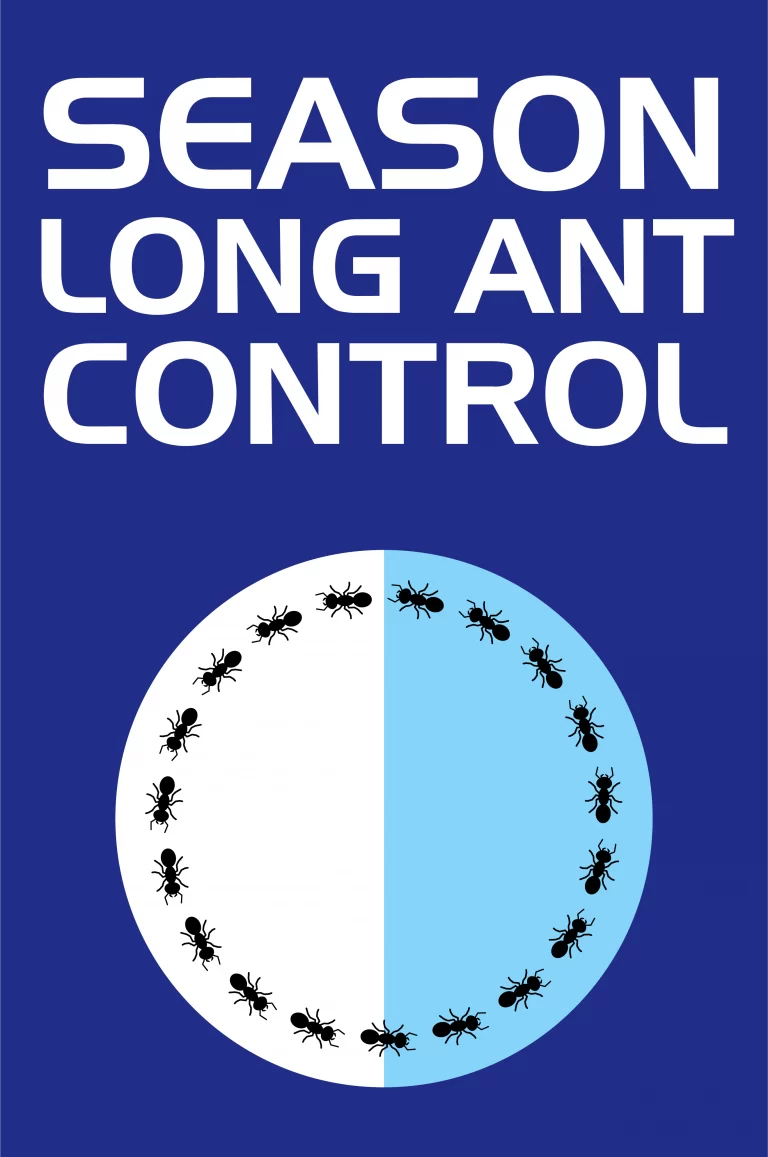Are Huntsman Spiders Dangerous?
The very mention of huntsman spiders can evoke a range of emotions, from fascination to fear, primarily due to their imposing appearance. These huntsman spiders found here, with their long legs capable of spanning between 35 to 85 millimetres, and sometimes even larger in the case of the giant huntsman spider, are among the largest spider species. Their size alone can make them seem dangerous to humans, but let’s delve into the reality behind the myths.
Myth vs. Fact: Are Huntsman Spiders a Threat to Humans? Contrary to popular belief, huntsman spiders are not inherently dangerous to humans. While they are venomous, the venom is not potent enough to cause significant harm to humans. Out of the numerous spider species, only a few are medically significant, or dangerous spiders and huntsman spiders do not fall into this category. Bites from these spiders are relatively rare, and when they do happen, they are often a defence mechanism rather than an act of aggression.
The Role of Huntsman Spiders in Nature Huntsman spiders play a critical role in the balance of our ecosystems. As nocturnal hunters, they help keep the population of insects in check, contributing to the control of pests in and around our homes. Their presence is a natural method of insect regulation, reducing the need for chemical pesticides.
Appearance and Perception
The appearance of the huntsman spider can be quite intimidating. Their size alone, with some species having a leg span of up to 12 inches, is enough to cause concern. Add to that the hairy texture of their bodies and their often abrupt movements, and it’s easy to see why they might be perceived as a threat.
However, this appearance, while fear-inducing for some, is not indicative of a dangerous nature. The hair on their bodies serves sensory and protective purposes, and their large size enables them to hunt more effectively.
Understanding the Behavior of Huntsman Spiders
Huntsman spiders are often misunderstood creatures. Their large size and rapid movements can be startling—some species have long legs that can span up to 6 inches, contributing to their intimidating presence. Despite their somewhat fearsome appearance and the myths surrounding them, many huntsman spiders are not known to be aggressive towards humans.
These spiders are more likely to run away when confronted, utilizing their impressive speed to escape perceived threats. This quick movement can sometimes be mistaken for aggression, but in reality, it is a defensive strategy. They have no interest in being predators of larger animals, including humans; they much prefer to focus on the insects and other small invertebrates that comprise their diet.
When huntsman spiders are found inside human homes, it’s not an act of invasion but rather a search for shelter or food. These arachnids are nocturnal predators, and their forays into human spaces are usually accidental. Their presence in a home can actually be beneficial as they help control the population of pests like cockroaches and moths.
In their natural habitat, these spiders are adept at camouflage, often seeking refuge under tree bark or within the crevices of rocks. Their flattened bodies enable them to squeeze into tight spaces, which also makes the unseen nooks of buildings appealing to them.
The idea that female huntsman spiders are overtly aggressive is a myth that likely stems from their size and appearance, rather than any actual behaviour. Most huntsman spiders, including females guarding their egg sacs, will opt for escape over confrontation. Even in the case of egg protection, they tend to prioritize the safety of retreat over the risks of a fight.
Despite the widespread fear, human-huntsman interactions rarely lead to bites, and the instances of huntsman spider bites are typically the result of accidental contact. If a huntsman spiders bite does occur, the symptoms are generally minor. The venom of huntsman spiders is not considered medically significant to humans, and while it is effective at subduing their insect prey, it does not cause serious harm to people. Nevertheless, any spider bite can cause minor symptoms like localized pain, swelling, and redness, and individuals with specific sensitivities might experience more pronounced reactions.
In the rare event that someone is bitten, the site should be kept clean and an ice pack can be applied to reduce swelling. Only in unusual cases, such as when a person has a severe allergic reaction with symptoms that persist, should one seek medical attention.
Understanding these behaviours is key to coexisting with huntsman spiders. They are a natural and beneficial part of the environment, often misunderstood due to their unnerving appearance. With a better grasp of their non-confrontational nature, we can appreciate their role as silent guardians against actual pests, reducing our reliance on chemical controls and highlighting their ecological importance.
How do you identify a HUNTSMAN spider?
Recognizing a huntsman spider is relatively straightforward for the observant eye, but it requires careful attention to certain characteristics:
Size: Huntsman spiders are among the largest spiders, with some species boasting a leg span of up to 12 inches.
Coloration: Their colour can range from grey and brown to more vibrant hues, allowing them to blend seamlessly with tree bark or rocks.
Leg Arrangement: Unlike other spiders, their legs tend to twist forward, giving them a rather unique appearance.
Movement: Known for their incredible speed and agility, the way they move can be a significant identifying feature.
Are Huntsman Spiders Poisonous or Venomous or Both?
So, are huntsman spiders dangerous? While their appearance might invoke fear and curiosity, the truth about huntsmen spiders is that they are generally harmless to humans. Their imposing size and hairy legs are functional adaptations that aid them in their survival and do not indicate a sinister nature.
Common misconceptions often blur the lines between poisonous and venomous spiders. In the case of the huntsman spider, the term to use is venomous.
Venomous: Huntsman spiders do possess venom, but it’s primarily used to subdue their prey. While they can bite humans, the effect is generally mild, causing localized pain or swelling.
Poisonous: This term doesn’t apply to the huntsman spider, as poisonous refers to something harmful when eaten or touched, which isn’t the case here.
The reality of a Huntsman Spider Bite
The prospect of a spider bite, particularly from a species as large as the huntsman spider, can be a source of fear for many. However, the reality is that huntsman spider bites are quite rare and typically not a cause for alarm. These spiders possess venom, which they use to subdue their prey, but the venom is not considered highly toxic to humans. Most spiders, including huntsman spiders, will only bite if they feel threatened and have no escape.
When a huntsman spider does bite, the impact is often mild. The actual bite may cause temporary discomfort and can lead to minor symptoms such as localized swelling, redness, and pain, comparable to a bee sting in intensity. The body’s natural response to the bite might include an immune reaction that causes these symptoms, which usually subside on their own.
The majority of huntsman spider bites do not necessitate medical intervention, and simple first aid measures at home, such as cleaning the bite site with soap and water and applying a cold compress or an ice pack, can significantly alleviate the symptoms. Over-the-counter pain relief medications can also help manage discomfort.
However, like with any insect or arachnid bite, there is a small chance of an allergic reaction, which can be more serious. The signs of an allergic reaction include significant swelling extending beyond the localized area of the bite, difficulty breathing, dizziness, or a rapid heartbeat. These symptoms may develop quickly and indicate a systemic response that requires immediate medical attention.
In the event of an allergic reaction to a huntsman spider bite—or if there are any concerns about symptoms persisting—it’s crucial to seek professional help. Medical practitioners may administer antihistamines or corticosteroids to manage the reaction and provide supportive care as needed.
Understanding these facts can help dispel the fears surrounding huntsman spiders and their bites. Education on their actual behaviour and the relative harmlessness of their bites can reduce unnecessary panic and promote a more informed and respectful coexistence with these fascinating creatures.
Huntsman Spider Facts
Now, let’s unravel some longer and shorter sentences that bring light to captivating huntsman spider facts:
Huntsman spiders, despite their menacing look, are not considered a serious threat to humans.
They are superb hunters.
Their diet mainly consists of insects, and their hunting strategy is quite fascinating to observe.
They don’t spin webs; instead, they hunt and pounce on their prey.
You can find huntsman spiders on every continent except Antarctica, showcasing their adaptability.
Their mating rituals are complex and intriguing, often involving elaborate dances and displays.
Their size and appearance might be startling, but understanding them better reveals a creature that is more fascinating than fearsome. The next time you encounter one, perhaps a newfound respect will replace the initial shock, knowing that they play a vital role in our ecosystem.
Call Safe Pest Control today to protect your home and family against Huntsman and Spiders.
On-Time Service
PET & FAMILY FRIENDLY TREATMENT

ALL YEAR-ROUND PROTECTION
Take Back Control Now
8
REASON TO CHOOSE SAFE PEST CONTROL
- Guarantee protection all year-round
- 30 Years Collective Experience
- An impeccable reputation across Sydney's Suburbs
- Certified treatments & written Warranty On all work carried out
- Family Owned & Operated
- Rated #1 Pest Control In Sydney NSW
- No Mess, No Smell
- Family & Pet Friendly Treatments

Huntsman Spider Problem?
WE ARE HERE MON-SAT 8AM TO 5PM, CALL US NOW
Common Australian Spiders We Treat:
- Black House Spider
- Garden Orb-Weaving Spider
- Trap Door Spider
- Daddy Long Legs Spider
- Harvestman Spider
Wolf Spider
Redback Spider
Mouse Spiders
Huntsman Spiders
White tailed Spiders
Spider Problem? Call to Book Your Free Inspection
Are eight-legged visitors turning your home into a haunted house? Call us to book a free inspection. We provide expert solutions for all spider-related problems, offering you a safe, spider-free environment.













